How to pick UV Protection Sunglasses for Hiking or Trekking!
For an avid trekker, a good pair of UV protection sunglasses is one of the imperative items he owns in his ‘what-to-pack’ list for trekking. Ask any trekker, and he will tell you why the importance of UV protection sunglasses can’t be overlooked.
While it may seem like a small item, it should not be taken as a regular fashion gear. A lot of factors come into play while picking a good pair of UV sunglasses for a trek.
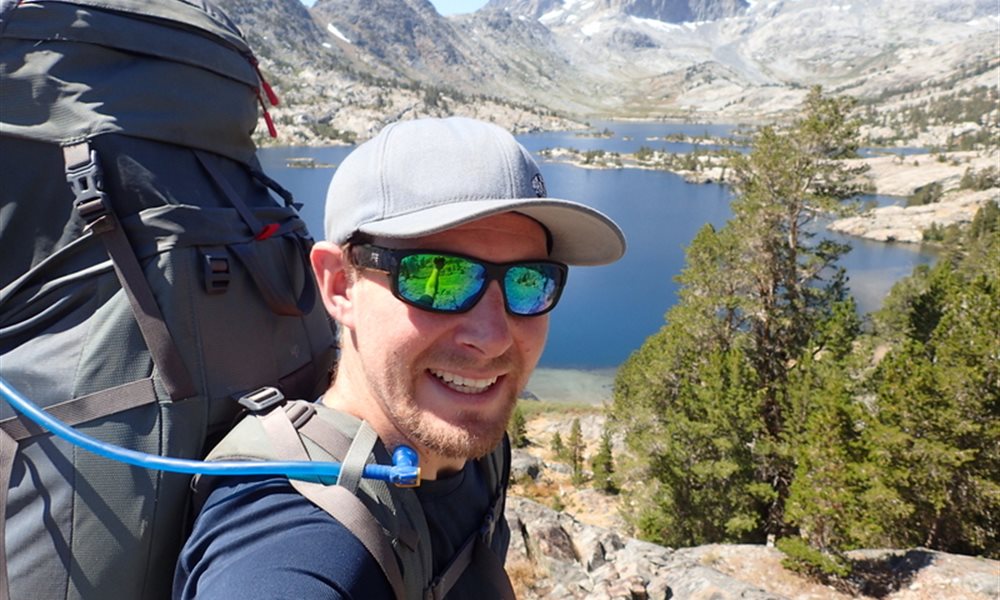
But, why is it important?
If you already didn’t know, Ultraviolet (UV) rays are made of two components; UVA & UVB. Both these kind are harmful to your eyes.
While UVA rays damage the retina of your eyes, UVB rays are absorbed by the cornea of your eyes. As a result, you may suffer from harmful eye ailments like Cataract, Pterygium, or Skin Cancer around the eyelids. UV Protection Sunglasses are important because your UV exposure is enhanced in the mountains for two main reasons:
- High Altitude: With an increase in altitude, the atmospheric layer becomes thinner. Hence, the capacity to filter UV rays also decreases exposing you more to UV rays.Therefore, to protect your eyes from the prolonged exposure to the sun, a pair of UV protection sunglasses become imperative.
- Keep away from Snow Blindness: Snow blindness is a temporary blindness due to overlonged exposure to snow which causes temporary blindness. This can also lead to permanent blindness if not taken care of.
Snow and glacier reflect 95% of UV rays, thus intensifying the exposure of UV rays. The sunlight reflecting off snow and ice can lead to inflammation of the cornea, known as Photokeratitis.
Your UV protection sunglasses are not your common eyewear. There are a lot of features that you must check for while choosing a right pair of UV protection sunglasses. Here are few features your UV protection sunglasses must have:
1. Lens material
The lens of UV protection sunglasses is typically made of two materials: Polycarbonate or Trivex (NXT).
While both these lens materials are thin, lightweight, and block 100% UV rays, Trivex glasses provide better optical clarity and UV resistance. Though Trivex is more expensive, both of them are equally efficient for blocking UV rays.
Both these lenses come with a scratch-resistant layer to make them more durable.
2. Lens Category
The lens is categorized on the basis of VLT (Visible Light Transmission) i.e. the percentage of lens entering through your sunglass. There are 5 categories based on VLT:
Category 0: 80-100% VLT
Category 1: 46-79% VLT
Category 2: 18-45% VLT
Category 3: 8-17% VLT
Category 4: 3-8% VLT
More the snow and higher the altitude, lesser the percentage of VLT your lens should have.
3. Protective side shield
Most sunglasses just cover the eyes which is not enough. When trekking at higher altitudes, make sure your sunglasses have an extended side block to cover your eyes even from the side and maximize the protection against UV rays.
4. Lens color and gradient
Yes, it is important because the color of your glass will set the hue in which you will perceive the beautiful Himalayan views. Gradient sunglasses have gradually different darkness. Therefore, they are not advisable for snowfields or glaciers zone. The tints of Amber, Grey, Red Orange, Brown are mostly used in mountains.
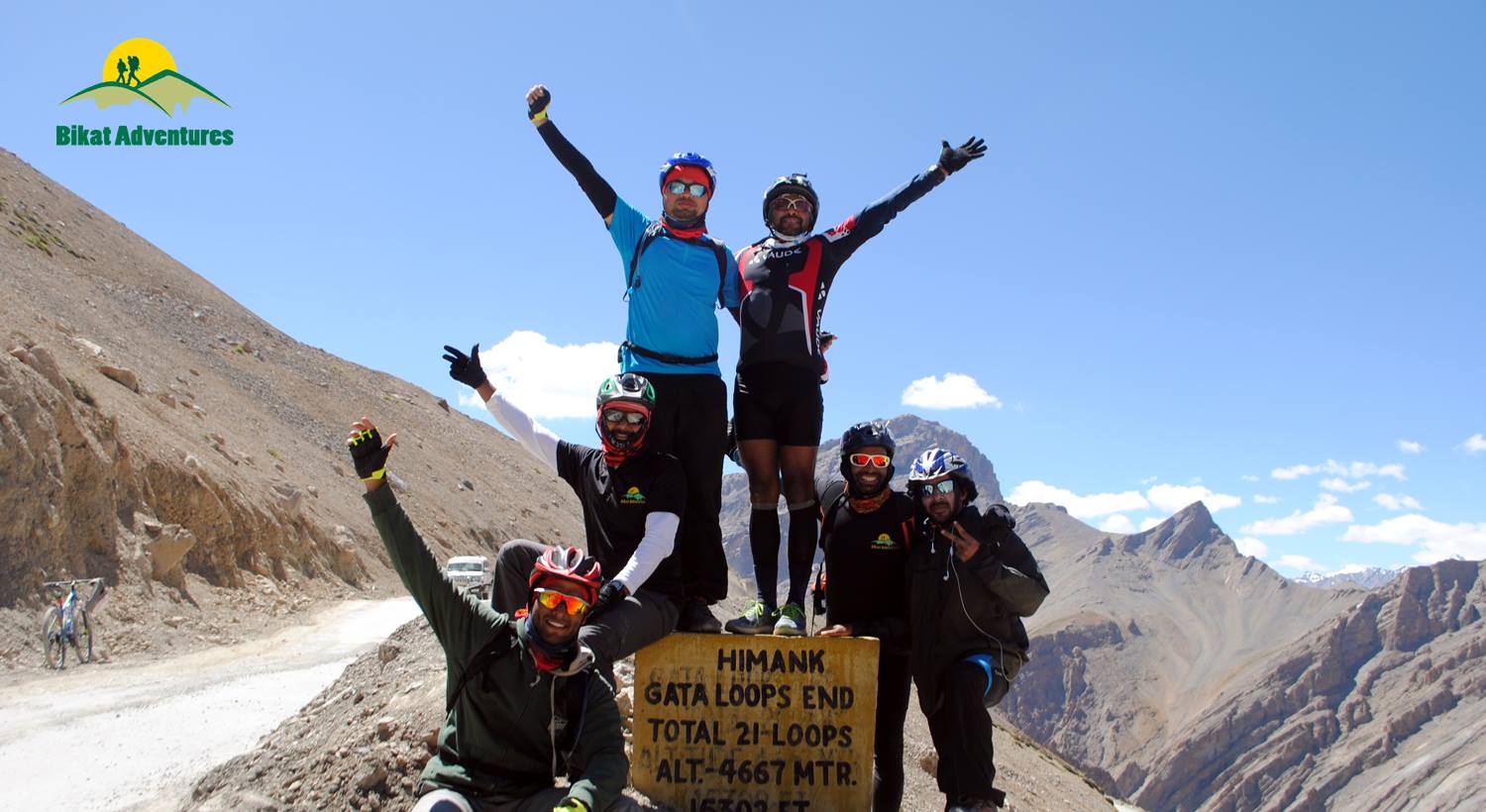
5. Anti-fogging coating
An anti-fogging coating is an important component in any UV protection sunglasses. Fogging usually happens when there is a temperature change and it obscures the vision. Therefore, to avoid fogging either your glasses should have an anti-fogging coat or you can apply anti-fog activator solution.
6. Anchor Strap
Although a small thing, yet an anchor strap is important. It keeps your sunglasses in place and keeps them from falling when not in use.
7. Temple pads
Wearing sunglasses for a longer time can strain your temple area. Therefore, to remove the pressure from your temple, temple pads become a necessary feature.
8. Nose grip
Your sunglasses should securely sit on the bridge of your nose without pinching your nose. The length of the temple will also influence the fit of your glasses.
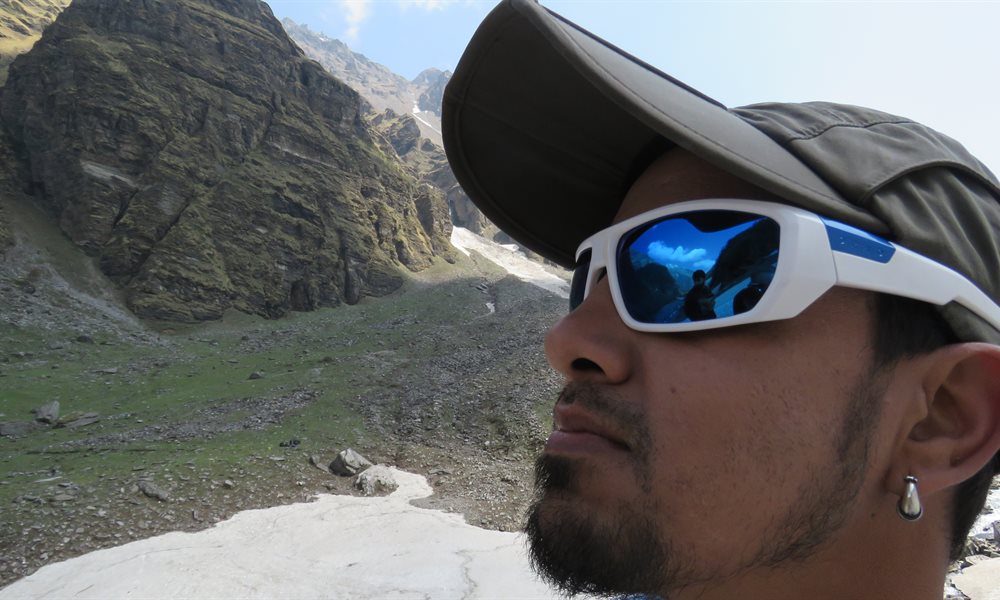
Few tips for the people who wear specs:
- Avoid contact lenses in the mountains.
- Wear category 3 or 4 glasses over your specs.
- Use polarized clips over your regular spectacles.
- If you are a frequent trekker, get your UV glasses customized by the optician.
Now you know why you absolutely cannot ignore not bringing UV protection sunglasses to your trek. Do not forget to take one of these on your next trek.


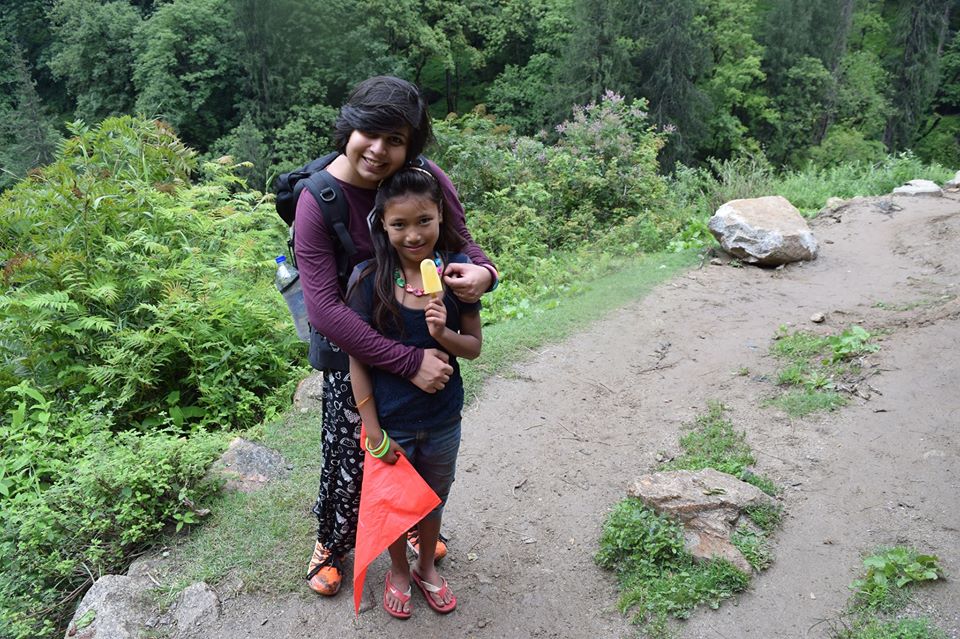


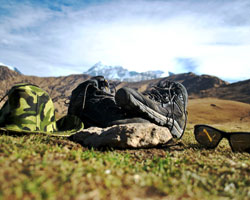

Can You give some suggestions on which brand I can go for my upcoming trek.
You can buy Category 4 Hiking Adult 700 Sunglasses which will cost you around INR 1300. If you want to go lower on the cost, there are category 3 glasses available in the range of 300 to 800 range. These are all available at Decathlon stores.